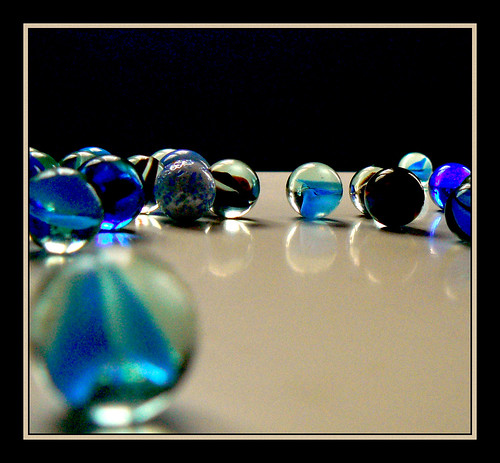
It’s that time of year again, the confluence of CLMOOC with my planning for our annual kids maker day. (Our maker day is all-ages — we’ve had 2 year olds to adults — and has no technology involved.)
This year’s maker day is centered on flight. A tentative agenda is below.
There is one diversion from flight though, which is a marble challenge (though I do expect we’ll see some marbles in flight as well). This is something I’ve wanted to do for a while now, and we’ve had great fun (as well as design thinking and amazing learning) in past years with the Marshmallow Challenge and the Cardboard Challenge.
This week in CLMOOC, we’re designing games, and so I’ve been thinking about the marble challenge in this context. I have several ideas, and this is really a work in process, so I’d welcome suggestions. My general thought is to have some kind of specific timed challenge and then to move towards something more open-ended.
My general thought is to have students build some kind of cardboard pathway (maze? roller coaster? Rube Goldberg contraption?) under specific constraints and with a goal in mind.
Possible constraints: Fixed time to design and build; Set materials; Must fit within a given area (e.g. 4′ x 4′).
Possible goals: Get the marble to land in a designated area (4″ square); Cover the longest track possible (with no touching of the marble after the initial release); Stay in motion for the longest time (with no touching of the marble after the initial release).
My experience is that after going through a design challenge like this, youth learn a lot, and then immediately want to do it again, but with their own rules/constraints/goals. That’s the open-ended part of the activity.
I’d love to hear your ideas for other constraints, goals, etc.
As it relates to CLMOOC, is this a “game?” I think it is. Here are some ways I’ve thought about game elements for this:
Rules – Playing within the constraints of this challenge are the rules. (And these will be tinkered with and changed in stage 2.)
Actions – Players will build, test, and iterate.
Win – The goals will set up the “win” conditions. And again these will evolve in stage 2
The marble challenge also supports several Connected Learning principles: peer-supported (this will be done in small groups and debrief will be with the whole group), production-centered, and shared purpose. I think it also supports the values of equity, social connection, and full participation. The cross-age participation of the project also amplifies connected learning.
I’m excited to try this out and am appreciative for any suggestions you have!
Tentative Agenda
Theme: “Taking Flight!”
8:45 a.m. Welcome and Introductions
9:00 Paper airplanes (60 min.)
10:00 BREAK – with families
10:30 Tabletop hover crafts (30 min.)
11:00 Marble challenge (60 min.)
12:00 BUFFET LUNCH ON SITE – with families
1:00 Stomp rockets (60 min.)
2:00 BREAK – with families
2:30 Kites – weather permitting (60 min.)
3:30 Wrap-Up
Marble challenge links
(Send any more you have, and I’ll add to the list.)
http://www.sciencebuddies.org/blog/2013/04/girls-explore-engineering-marble-run-challenge.php
http://www.homeschoolcreations.net/2013/04/marble-track-instant-challenge-logic-for-kids/
http://www.centexeweek.org/activities/marble-rollercoaster
